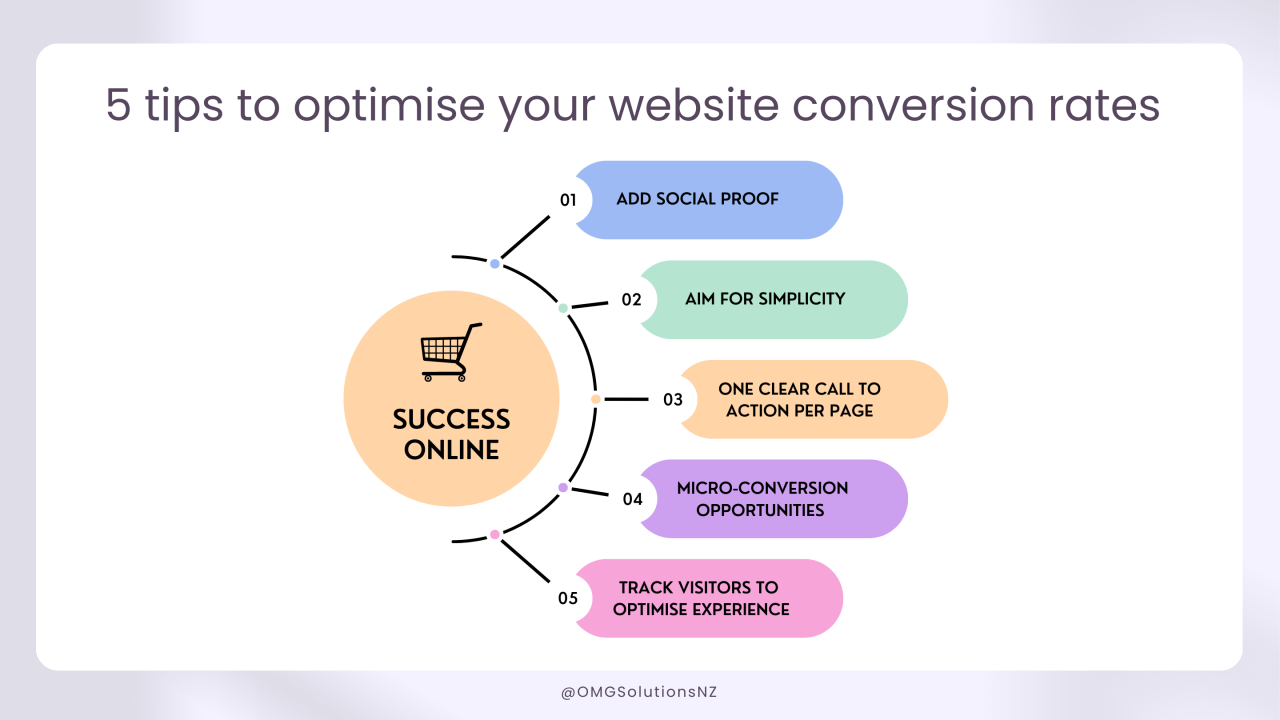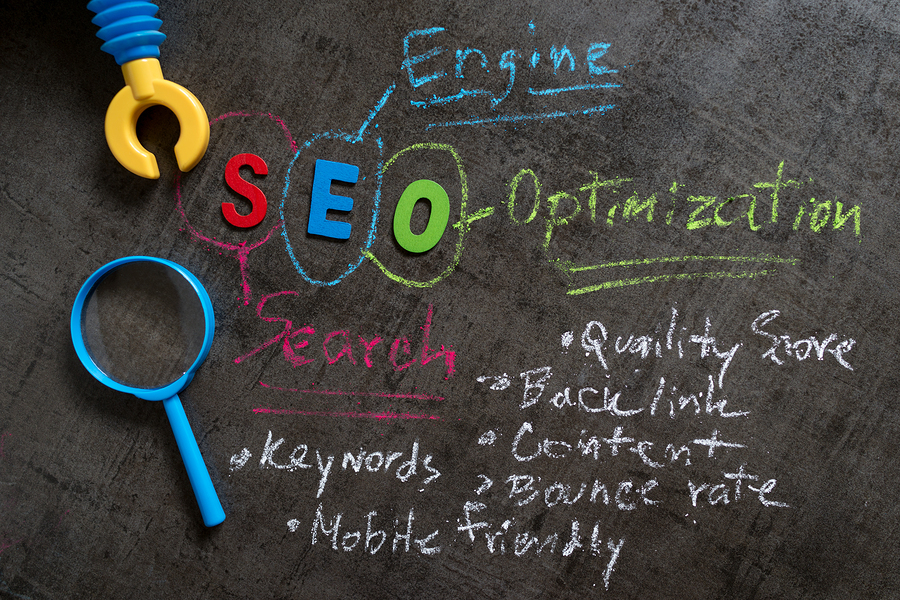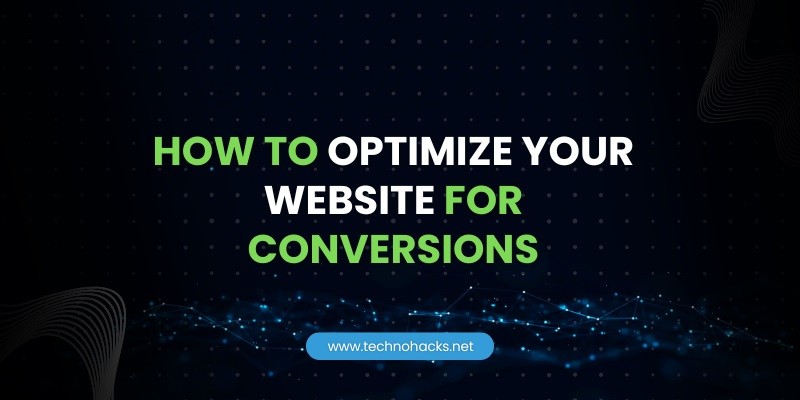How to Optimize Your Website for Conversions
Do you want your website to turn visitors into customers? Optimizing your website for conversions is key.
This process involves tweaking your site to encourage users to take desired actions, like making a purchase or filling out a form. Understanding how to optimize your website for conversions can lead to higher sales and better user engagement. Simple changes like improving your site’s design, enhancing the user experience, and refining your calls-to-action can make a big difference.
By focusing on the needs and behaviors of your visitors, you can create a site that not only attracts traffic but also converts it into meaningful results. Get ready to learn some effective strategies to boost your website’s performance and achieve your business goals.
Table of Contents
Improving User Experience
Improving user experience is crucial for optimizing your website for conversions. A seamless and enjoyable experience keeps visitors engaged. It also increases the likelihood of them taking desired actions. This section will explore ways to enhance user experience through site navigation and page load speed.
Clear navigation helps visitors find information quickly. Use simple and descriptive labels for your menus. Avoid cluttering the navigation bar with too many options. A well-organized menu improves user experience and reduces frustration.
Include a search bar on your site. This allows users to find what they need fast. Make sure the search function is easy to locate. Also, consider using breadcrumbs. They show users their path on the site. This helps them navigate back easily.
Boosting Page Load Speed
Page load speed affects user experience and conversion rates. Slow-loading pages drive visitors away. Aim for a load time of three seconds or less. To achieve this, optimize your images. Use formats like JPEG and compress files without losing quality.
Minimize the use of heavy scripts and plugins. They can slow down your site. Enable browser caching. This stores some data on users’ devices. The next time they visit, pages load faster. A fast-loading site keeps users happy and engaged.

Credit: statcounter.com
Crafting Compelling Content
Crafting compelling content boosts website conversions by engaging visitors effectively. Focus on clear calls to action, persuasive headlines, and user-friendly design.
Crafting Compelling Content is essential for optimizing your website for conversions. Your content must engage visitors, making them want to interact with your site and take action. Let’s dive into two crucial aspects: Writing Persuasive Copy and Adding Visual Elements.Writing Persuasive Copy
Persuasive copy can be the difference between a visitor and a customer. Your words should motivate readers to act. Use simple, clear language. Avoid jargon that might confuse or alienate your audience. Address your audience directly. Use “you” and “your” to make it personal. Highlight benefits over features. Explain how your product or service improves their life. Include compelling calls-to-action. Phrases like “Sign up now” or “Discover more” can prompt immediate responses. Think about this: What’s the one thing your audience needs to hear to make a decision? Make that your focus.Adding Visual Elements
Visual elements can enhance your content and hold your audience’s attention. Use images that complement your text. Choose high-quality, relevant photos. Infographics can simplify complex information. They make data easy to digest and share. Videos are highly engaging. They can explain concepts, showcase products, or tell stories. Consider the layout. Break up text with visuals to avoid a wall of words. Ask yourself: How can this visual support the message I’m conveying? Make sure every image adds value. Incorporating these strategies will help you craft compelling content that drives conversions. Remember, your goal is to connect with your audience and guide them towards taking action.Leveraging Data Analytics
Leveraging data analytics can significantly improve your website’s conversion rates. By analyzing user interactions, you can identify areas for improvement. This helps in refining your strategies to boost conversions.
Tracking User Behavior
Understanding how users interact with your site is crucial. Tools like Google Analytics offer insights into user behavior. Monitor which pages they visit and how long they stay. Track their navigation paths to spot any drop-off points. This information helps in optimizing the user experience.
Analyzing Conversion Metrics
Conversion metrics are key indicators of your website’s performance. Track metrics like click-through rates, form submissions, and purchases. Compare these metrics against your goals. Identify which strategies are working and which need adjustment. This focused approach helps in improving your conversion rates.

Credit: www.linkedin.com
A/b Testing Strategies
Boost conversions by using A/B testing strategies. Compare different versions of your website to see which one performs best. Optimize elements like headlines, images, and calls to action for better results.
A/B testing is a crucial strategy for optimizing your website for conversions. By comparing two versions of a webpage, you can identify which performs better. This helps increase user engagement and boosts conversion rates. Let’s delve into effective A/B testing strategies.Setting Up Tests
Start by identifying the goal of your test. It could be increasing sign-ups, sales, or clicks. Next, create two versions of your webpage. These are the control (A) and the variant (B). Make sure to change only one element at a time. This could be the headline, button color, or image. Use A/B testing tools like Google Optimize or Optimizely. These tools help you run and manage your tests smoothly.Evaluating Test Results
Once your test is live, gather data for at least one week. This ensures you have enough information. Look at metrics such as conversion rate, bounce rate, and time on page. Use statistical significance to determine if the results are reliable. Most tools provide this analysis automatically. If the variant performs better, implement it. If not, try testing another element. Keep testing regularly to continuously improve your website.
Credit: www.crazyegg.com
Frequently Asked Questions
How Do I Optimize My Website Conversion Rate?
Improve your website conversion rate by enhancing user experience, simplifying navigation, using clear calls-to-action, optimizing page load speed, and testing different strategies through A/B testing.
How Do I Make My Website High Converting?
Optimize your website with clear calls-to-action, fast loading speed, mobile-friendliness, engaging content, and user-friendly navigation to increase conversions.
How Do You Optimize For Seo As Well As Conversions?
To optimize for SEO and conversions, use relevant keywords, create quality content, improve page speed, optimize meta tags, and implement clear CTAs.
What Is A Good Conversion Rate For Your Website?
A good website conversion rate is typically between 2% to 5%. It varies by industry and goals. Analyze your metrics to improve.
Conclusion
Optimizing your website for conversions is crucial for success. Focus on clear calls-to-action. Ensure your site loads quickly and is mobile-friendly. Use compelling headlines and engaging visuals. Test different elements to see what works best. Understand your audience’s needs and preferences.
Make navigation simple and intuitive. Track your results and adjust strategies as needed. With these steps, you can improve user experience and boost conversions. Keep refining your approach for ongoing growth.

